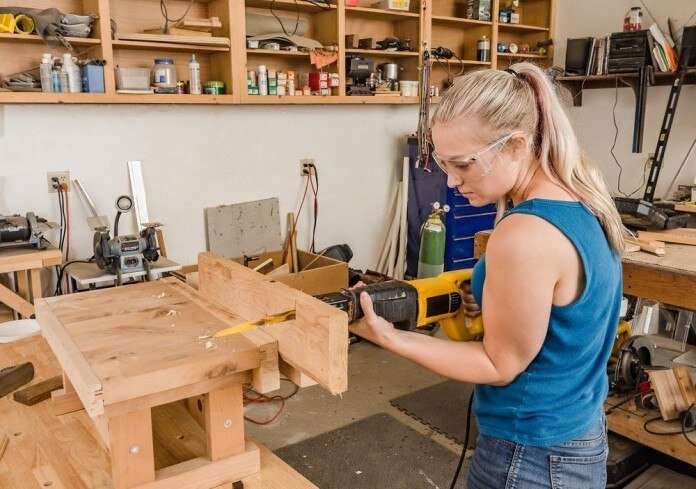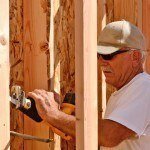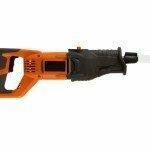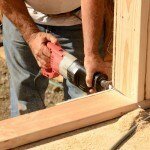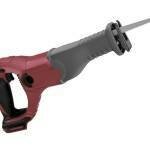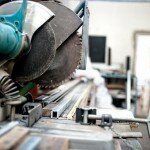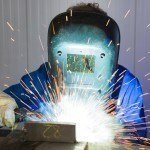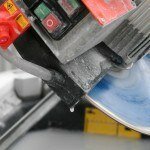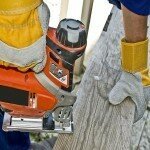Best reciprocating saw is commonly used in the fields of plumbing, electrical plus HVAC. Based on the incorporated functions, it might be better suitable for certain applications than to others. Nevertheless, it isn’t an easy task to choose which specific saw is most beneficial for you always. There are plenty of factors to consider such as brand, features, cost and specifications. We are able to help you make the best decision on this power device without all of the headaches!
Before choosing the saw blade, think about the forms of materials a person anticipate cutting. Solid wood, fiberglass, metallic, ceramic, and plastic material just about all present different difficulties to saw cutting blades, but you can also find ideal blades for every material.
You should also consider the following blades feature before reaching your final decision.
Comfort and Maneuverability:
Comfort and ease and maneuverability are essential considerations whether you will be wielding a new reciprocating saw for hours on end or even only occasionally.
If you will overhead be working, a light-weight saw might decrease exhaustion. Since corded saws don’t possess the battery, they might be lighter than their cordless counterparts, but the life of the cord might hinder maneuverability.
Power and Velocity:
If you intend to make use of your reciprocating saw for expert demolition or some other challenging applications, power is really a key concern. Cord-less tools lose power as the electric battery pumps out, while corded equipment deliver reliable, constant overall performance with limitless operate time.
Blade Strokes plus Stroke per Minute:
The span of the stroke can be an important feature since it will operate more teeth from the blade across your projects when you cut. Shots each and every minute well you obtain the idea the quicker it cuts the higher so long as it includes a variable velocity environment if you are focusing on various material sorts. Cutting slow is better sometimes.
Blade Size:
Virtually all Reciprocating Saws will need the same blades there might be special models that require proprietary blades however. The standard sizes associated with blades are usually 4, 6 and 12 inches long and selecting small blade will provide greater results while cutting.
Blade Types:
You can find 3 primary forms of blades: Wooden, Metal and hybrid or perhaps a bi-metal / demolition blade. But really you can find more choices as you can purchase blades with gemstone or carbide chips, intense solid wood blades with regard to tree trimming and a number of other components that you might never are exposed to.
Convenience:
These features enhance efficiency along with overall simplicity often. Due to the fact reciprocating saws are employed for demanding programs that consume due to blades quickly, saws offering tool-less blade changing may improve effectiveness and reduce frustration greatly. A tool-less flexible footwear provides higher balance and depth-of-cut handle with simple adjustment.
Dimensions:
Sizing is essential to saw blade selection. Keep in mind the precise blade length always, width, and thickness-these personal properties may deliver various outcomes:
- Length sizes may range between 3” to 12”, lengthy blades will supply deeper cuts.
- Wider blade offers higher balance while trimming by reducing twisting and wobbling.
- Wider plus thicker blades -at least 7/8” broad and 0.062” thick-are normally used intended for heavy-duty applications, such as demolition and rescue procedures.
A good guideline is to choose a blade with a thickness associated with at the very least 0. 035″; this thickness offers sufficient cutting power for most standard work.
Construction:
Saw cutting blades could be made of a number of materials:
- Carbon Metal blades are versatile enough to permit twisting without fracturing the particular blade. Carbon metal blades have a tendency to boring quicker than other forms, but they are less expensive also. These are perfect for make use of on much softer components, such as wooden, particleboard, and plastic material.
- High-speed Steel blades aren’t as versatile while carbon metal, however they possess tooth which are more durable-in fact, these blade last around 5 times longer than carbon metal blades. High speed Steel provides a multi-purpose blade, suitable with regard to hardwoods without dulling rapidly.
- Bi-Metal is a mix of high-speed metal and carbon metal, and has the benefits of each. Bi- Metallic cutting blades have durable, long-lasting teeth which are resistant to warmth while being versatile and brake-resistant.
Always remember when purchasing your first device you need to go cheap as soon as you see it is a true asset to your projects it is possible to keep your 1st one as a back-up. If you follow the above techniques, I think you will be able to select the best reciprocating saw for your own.

